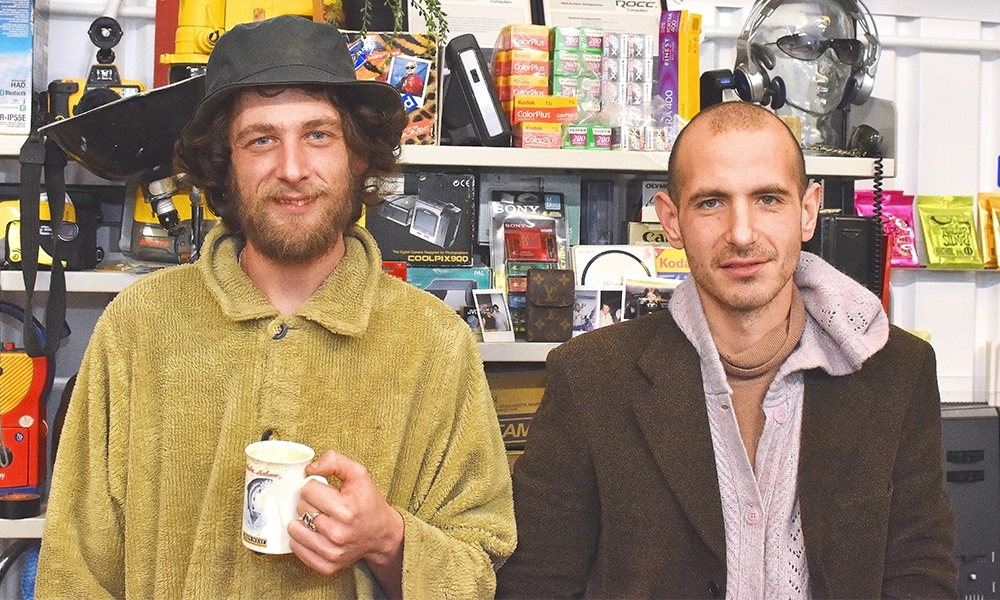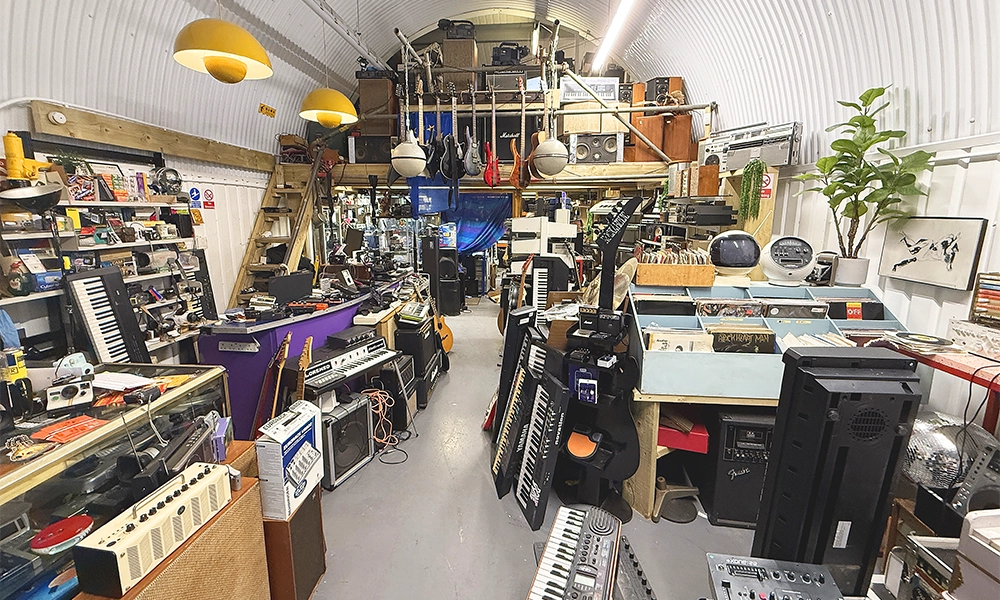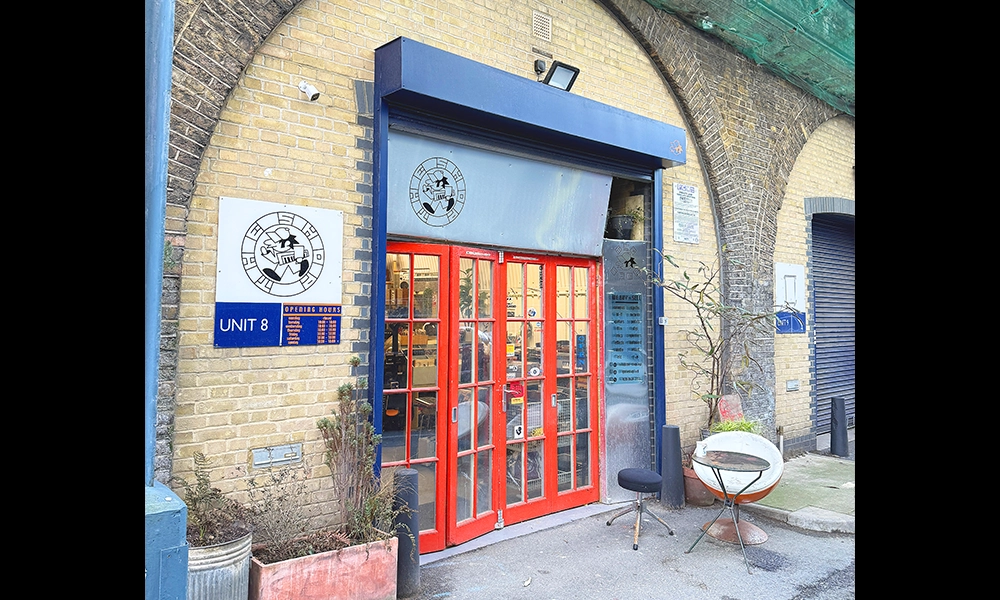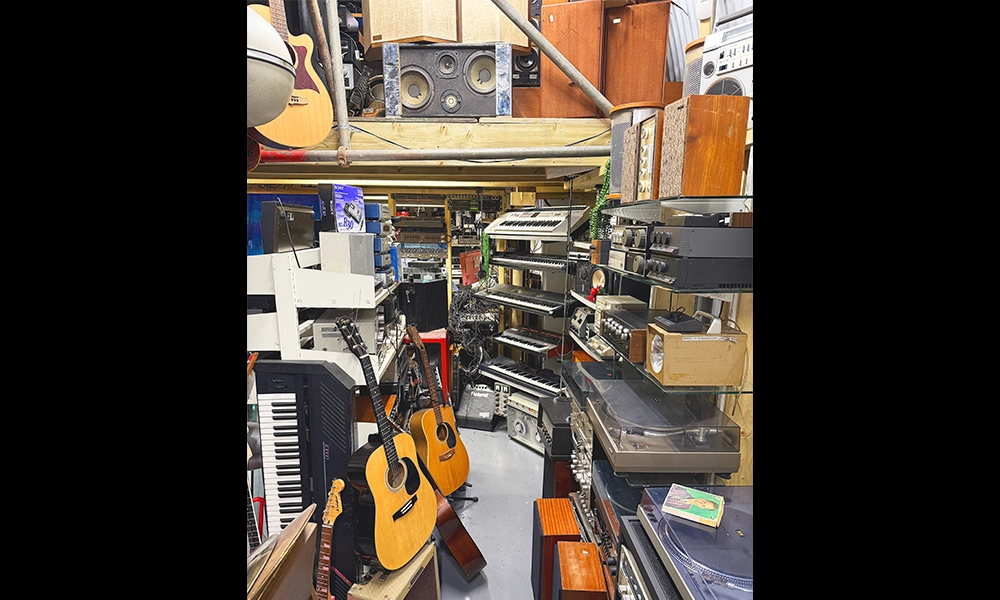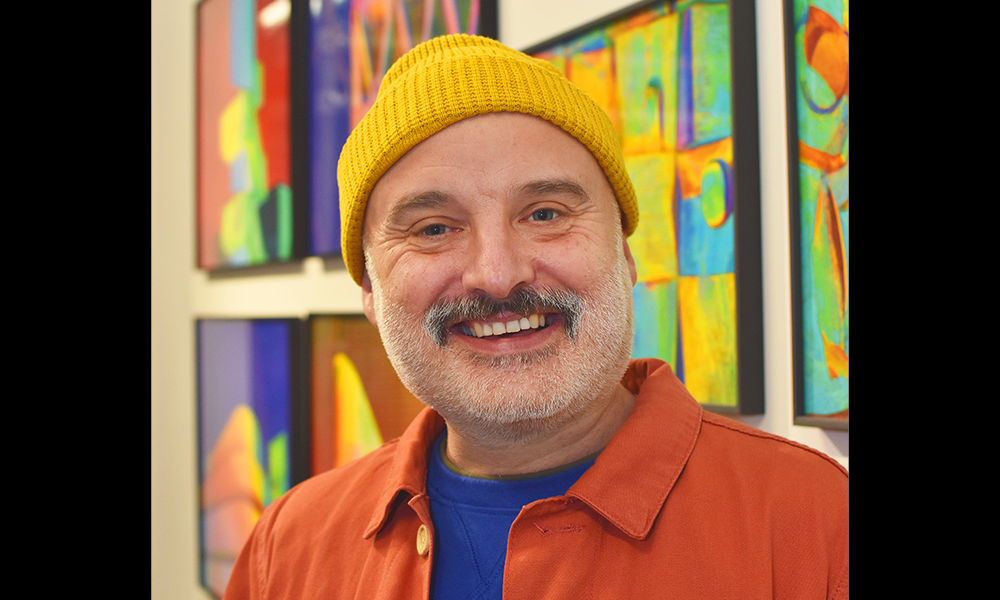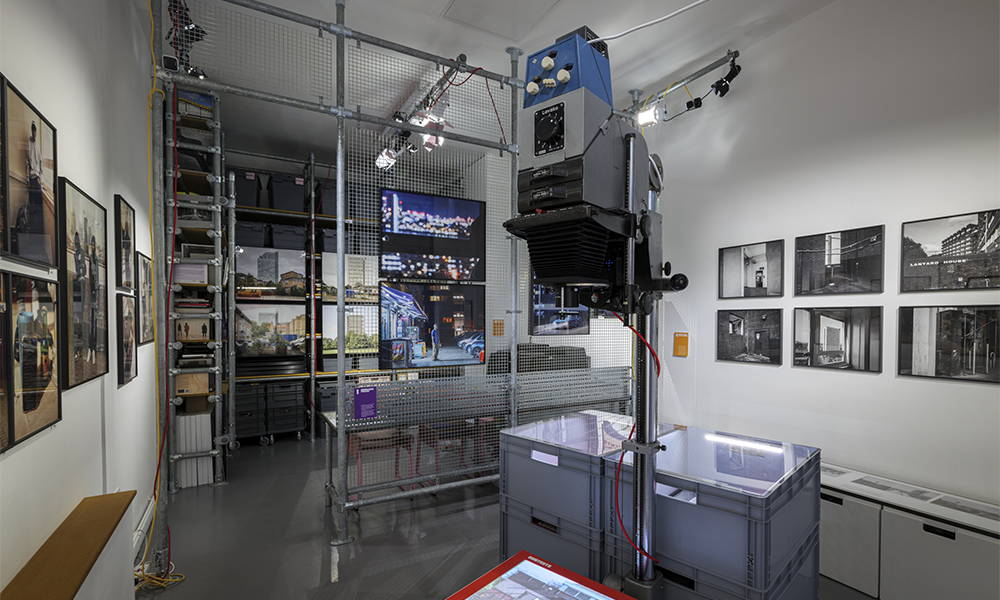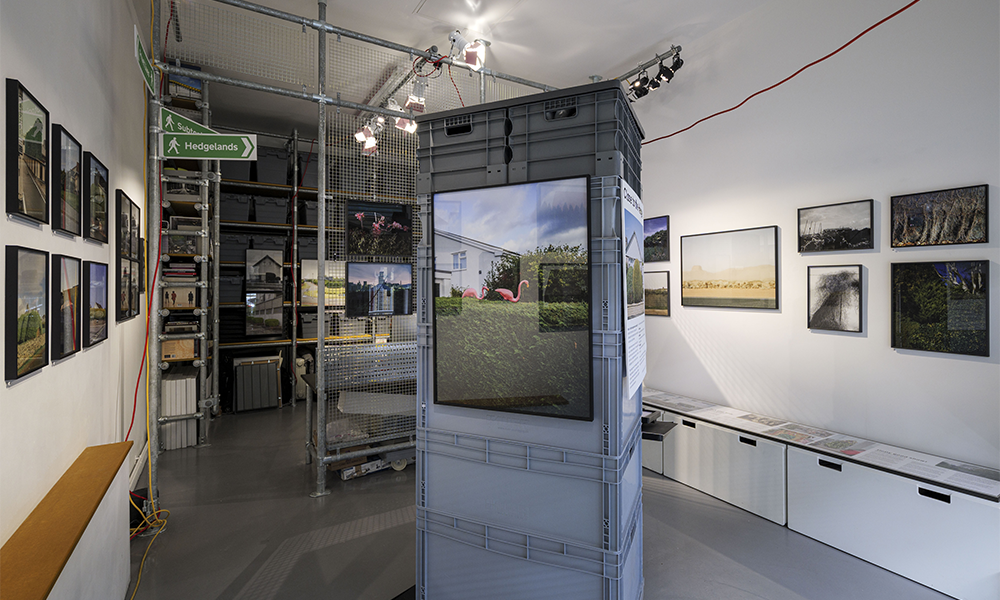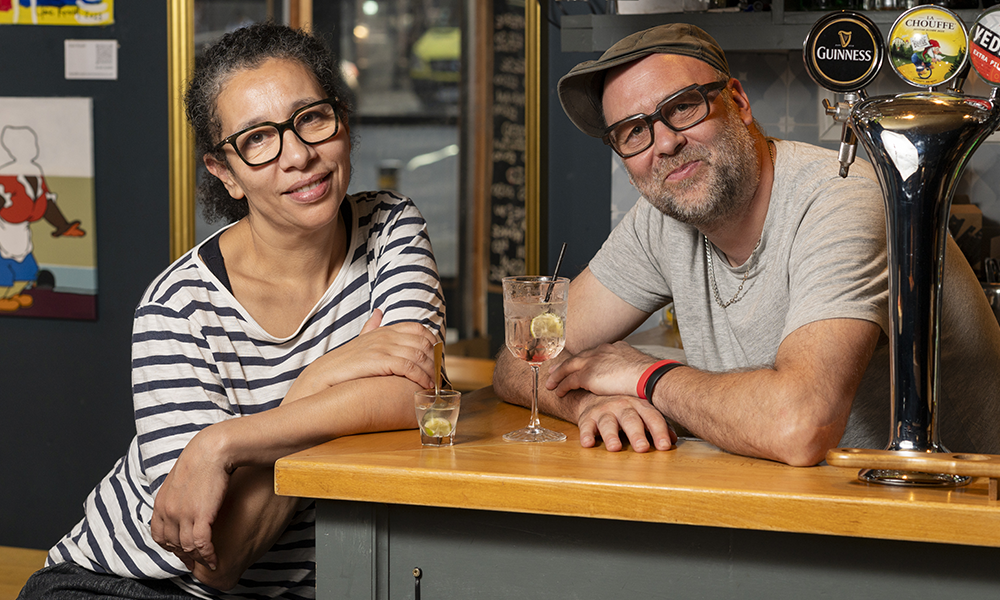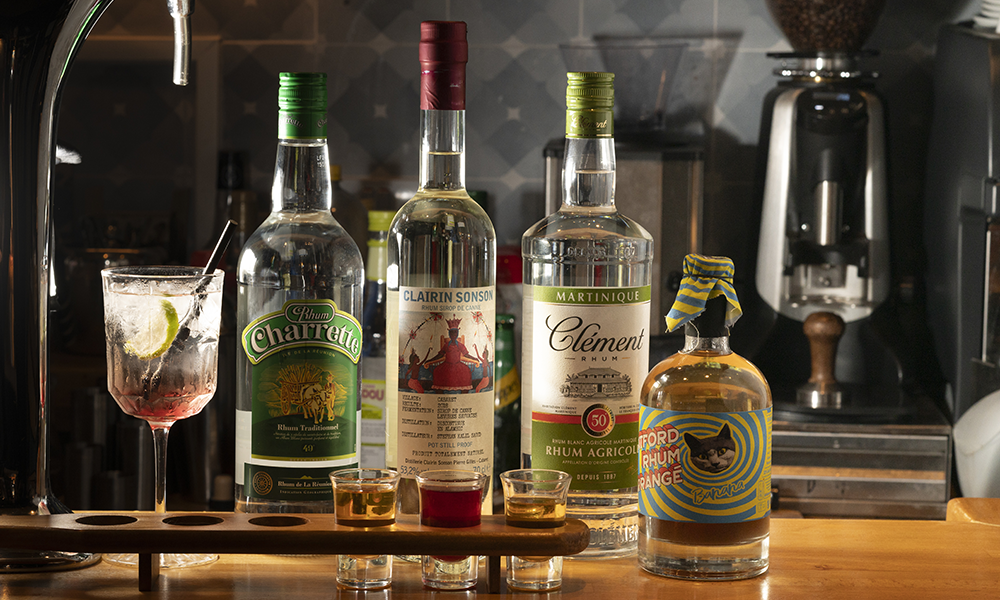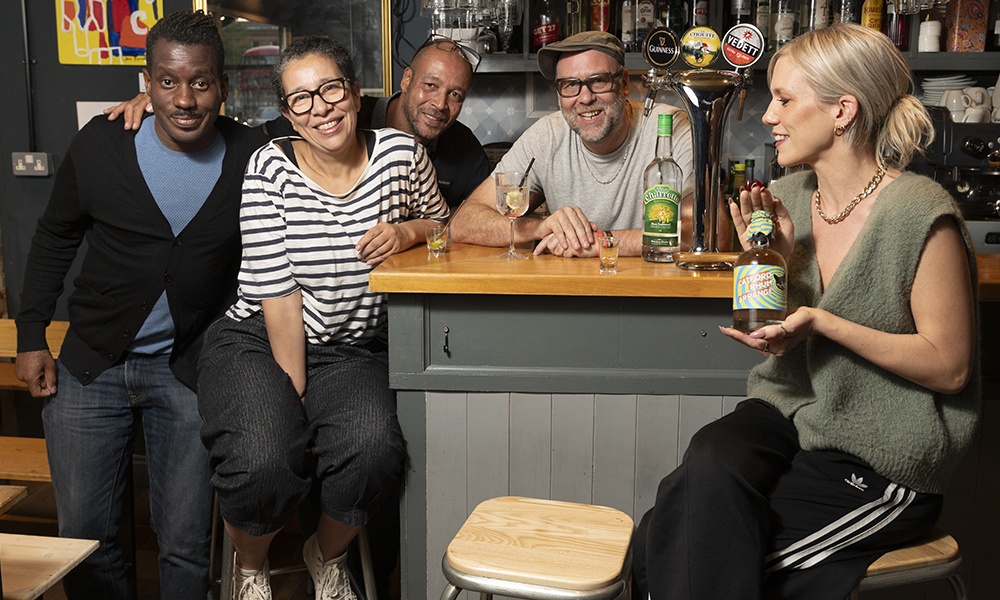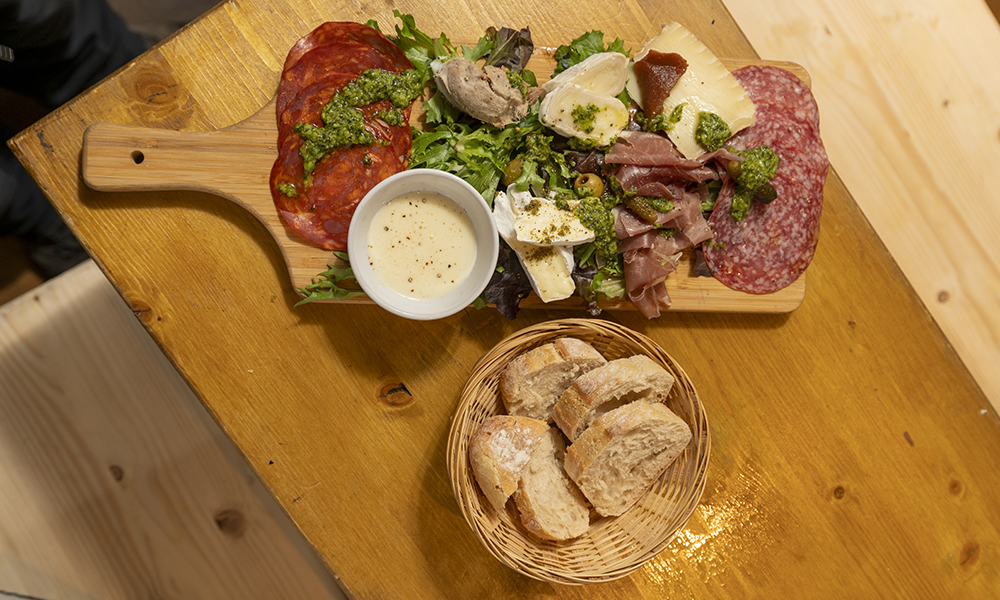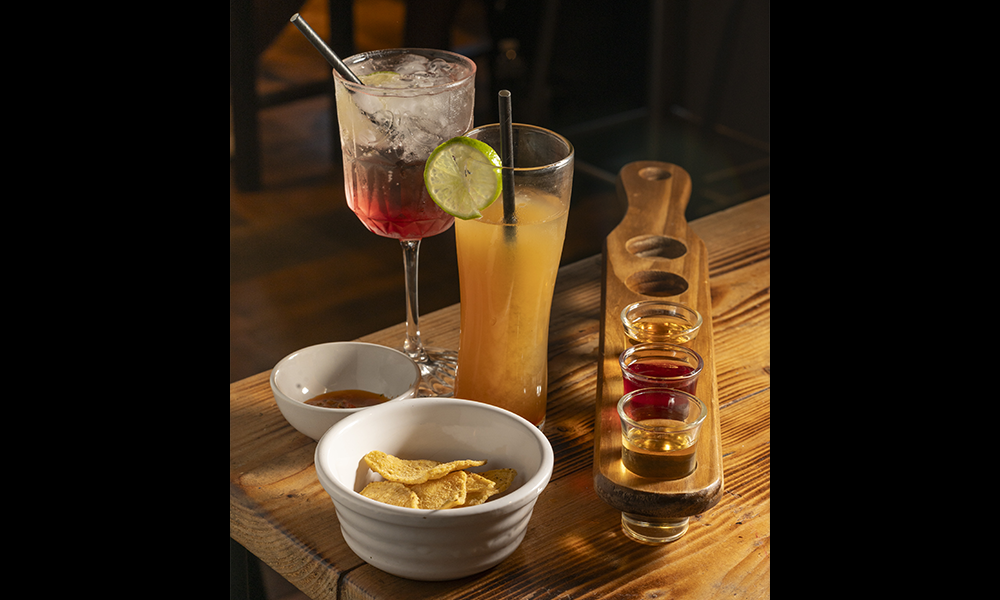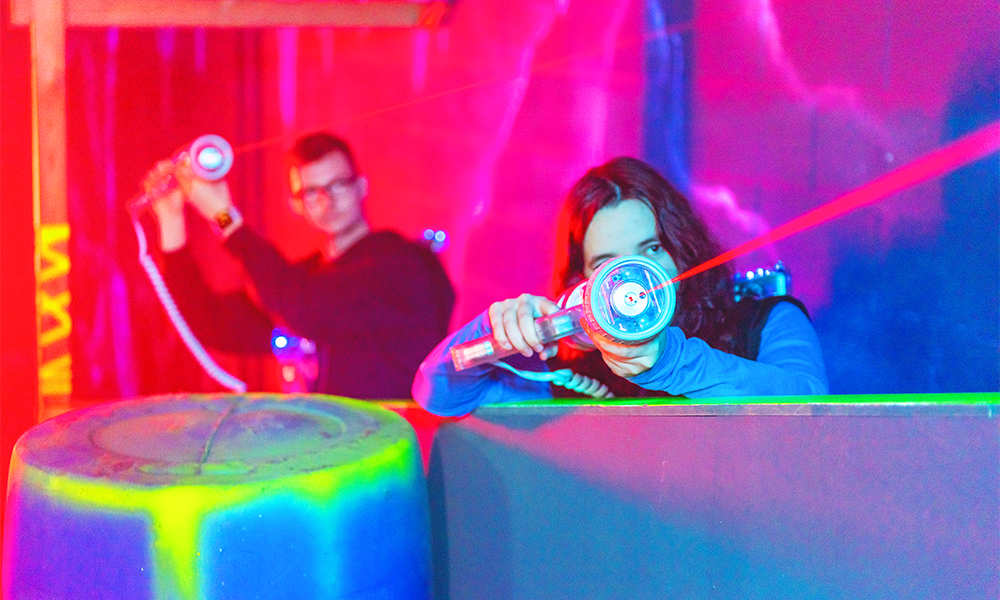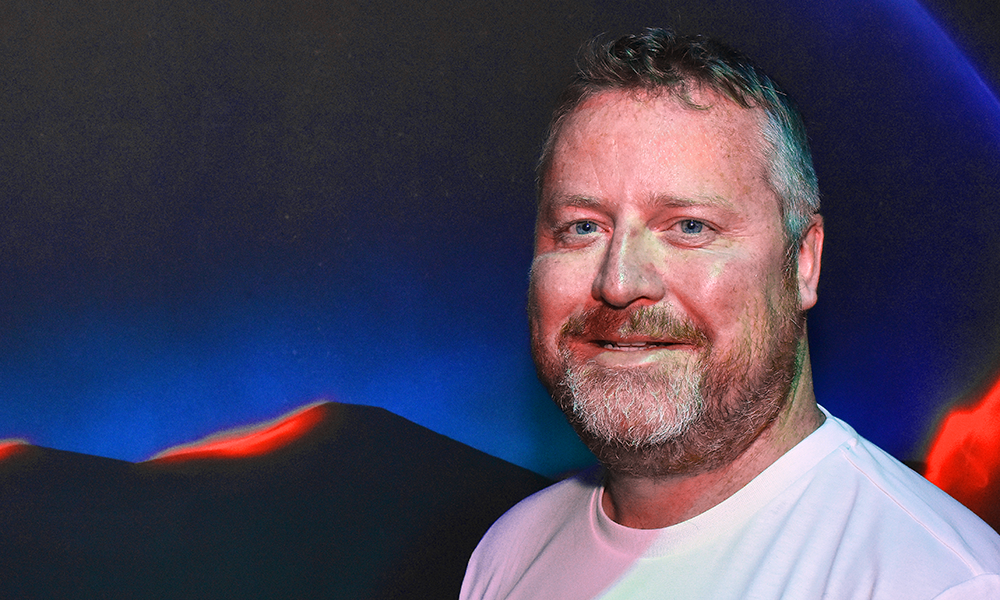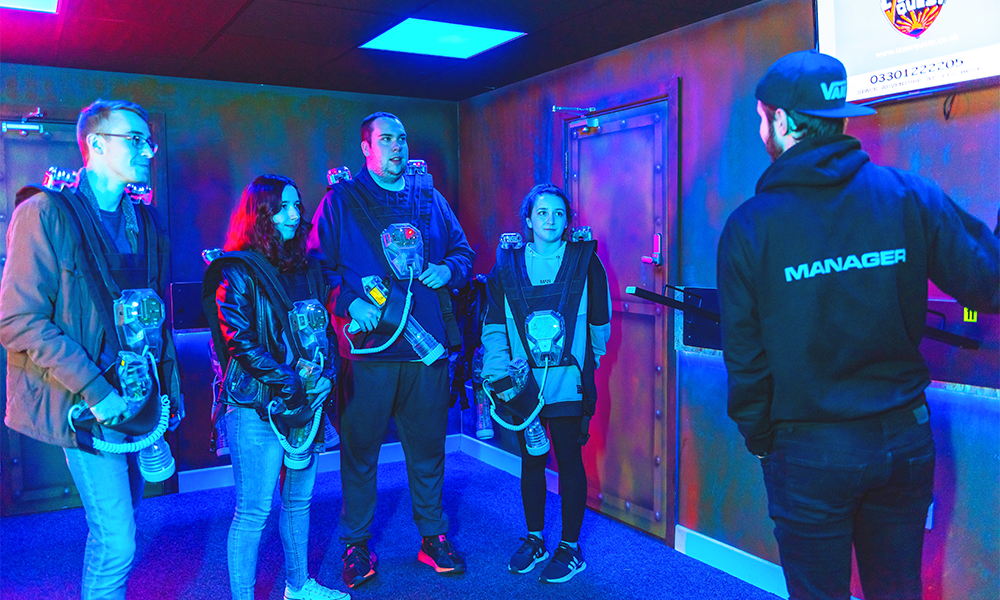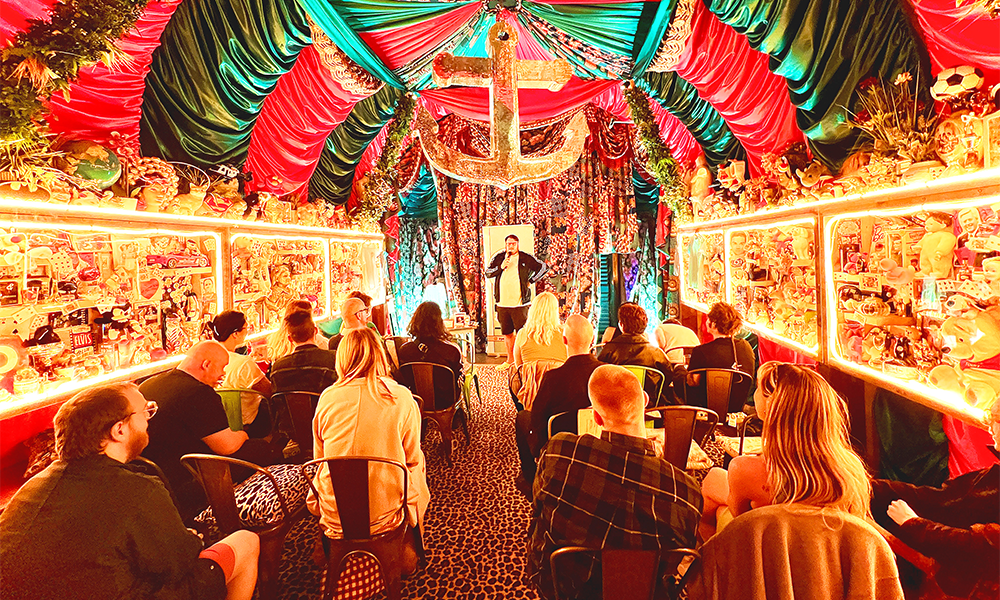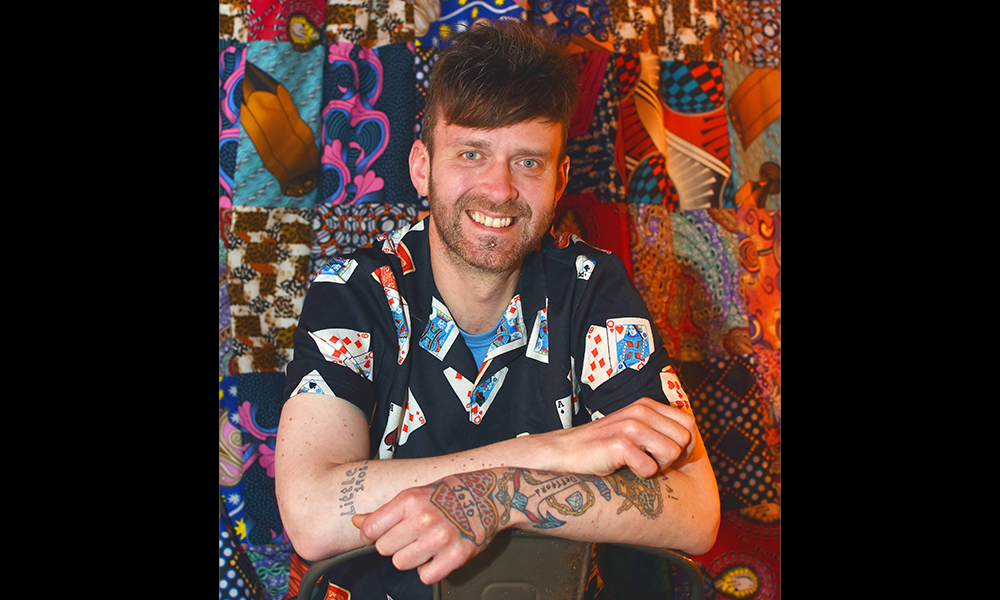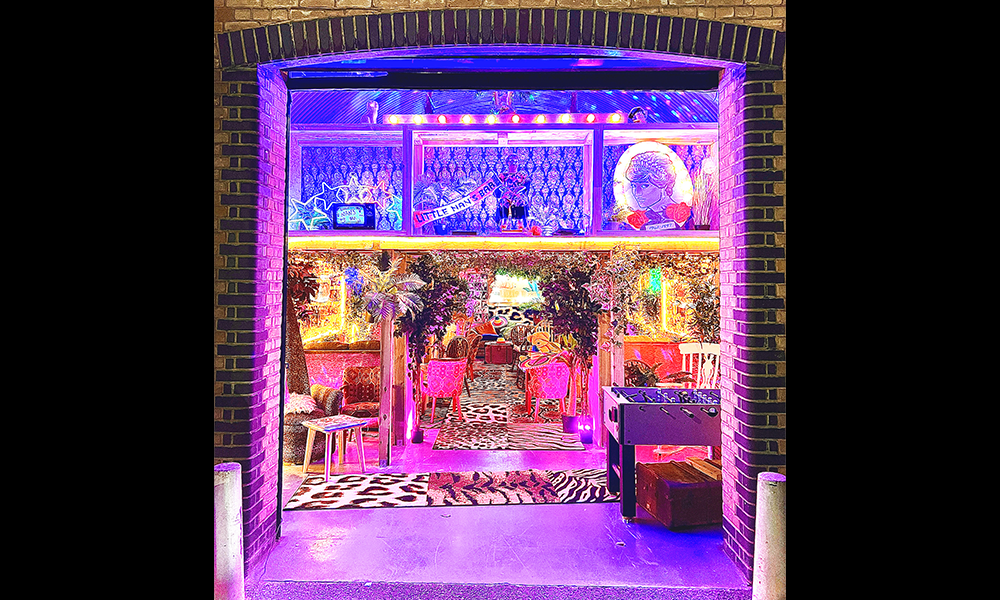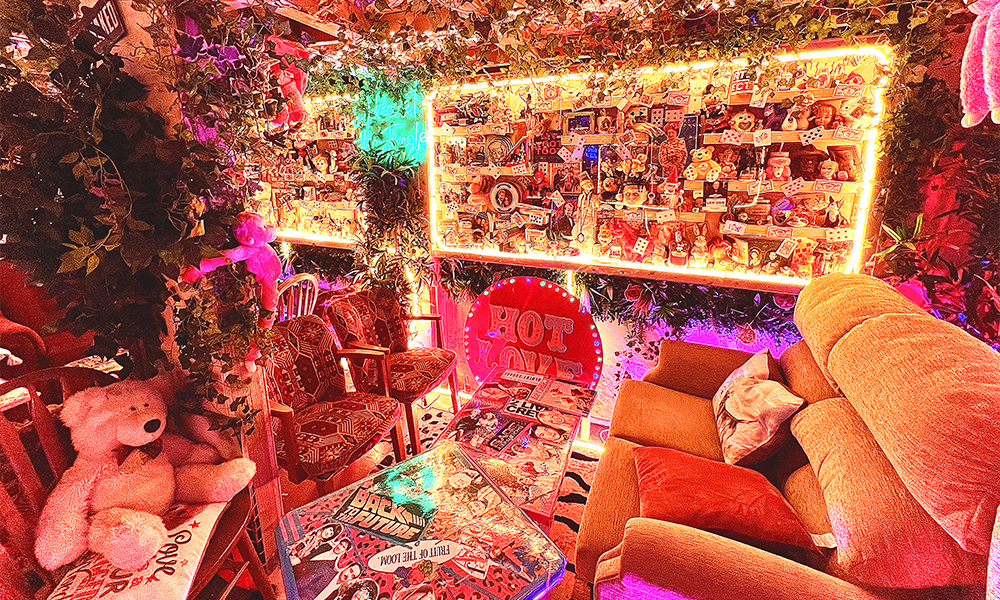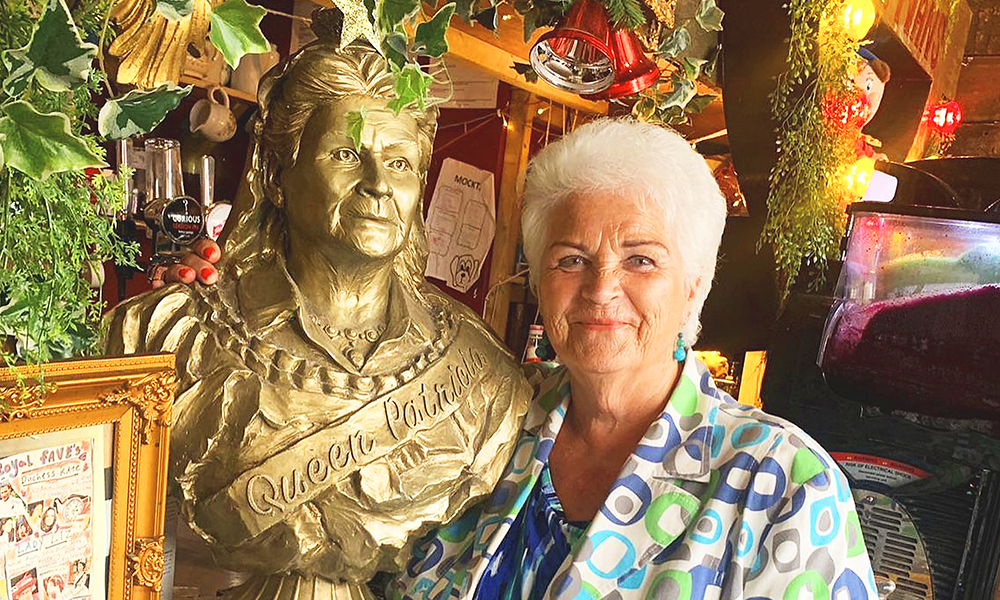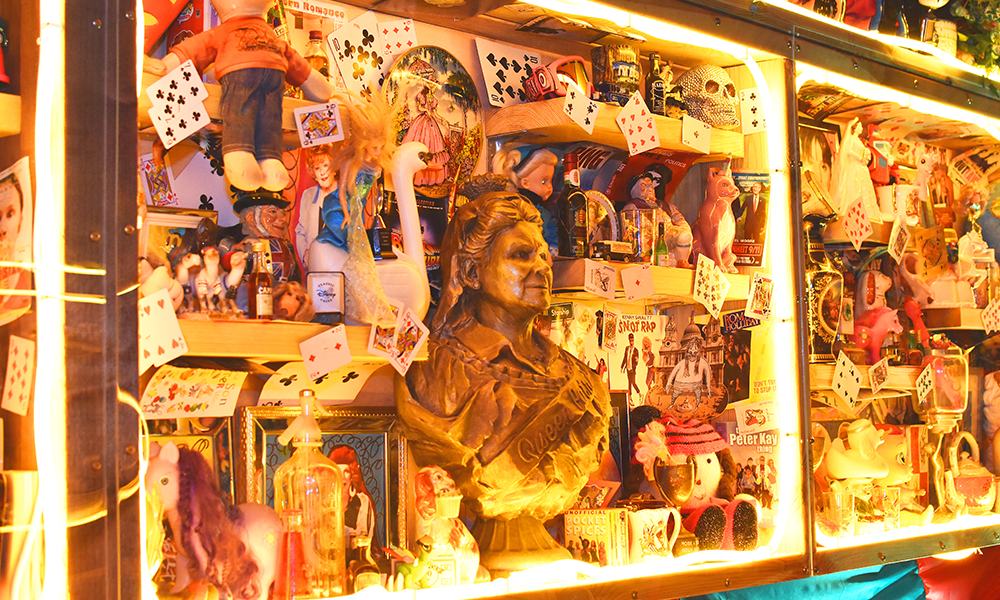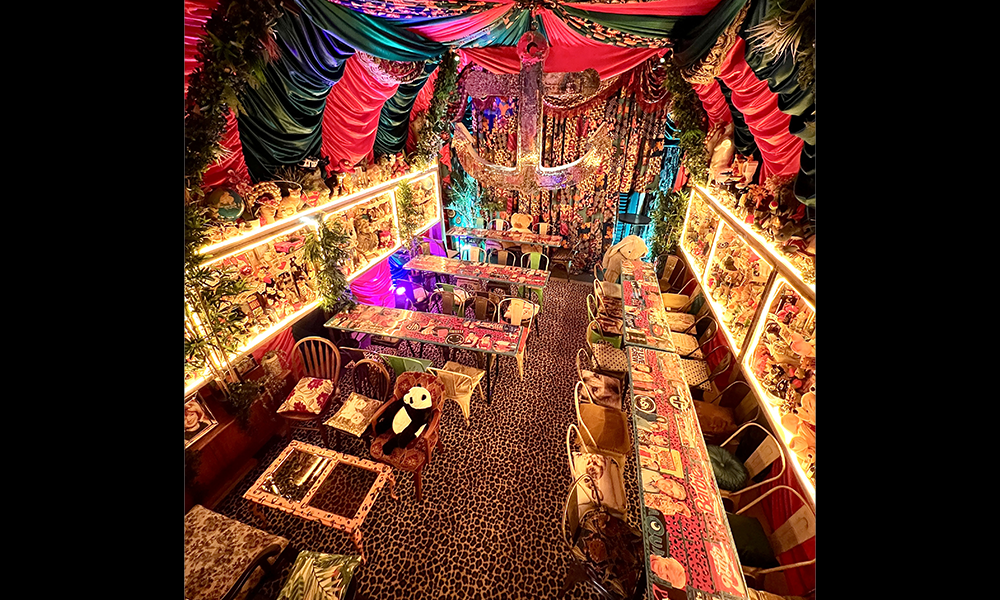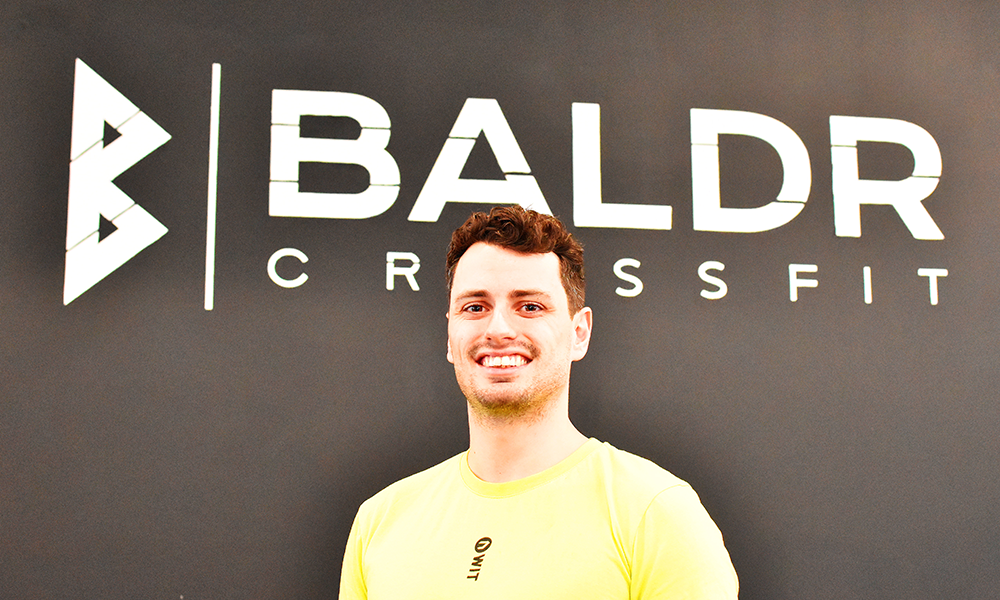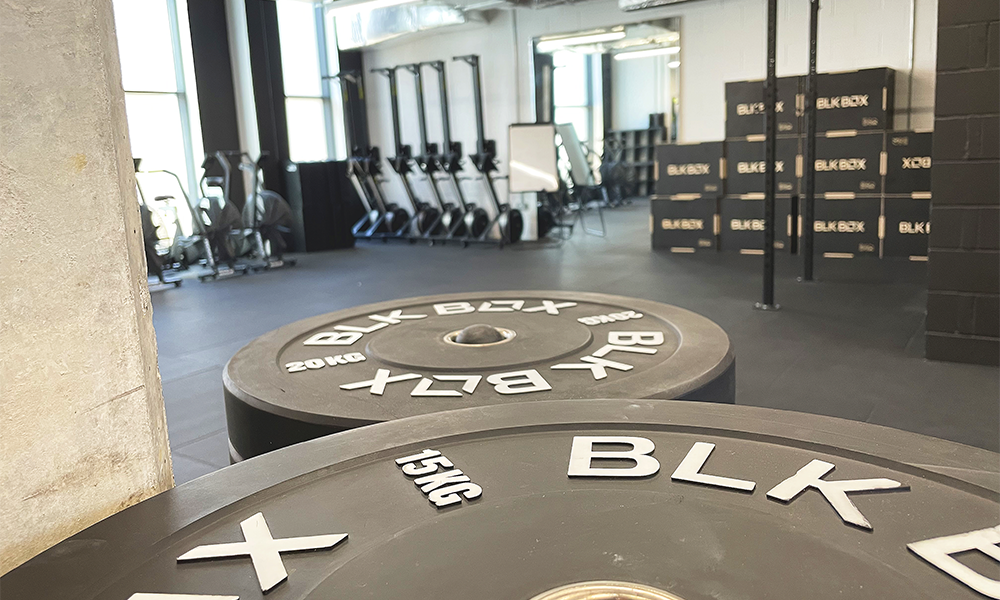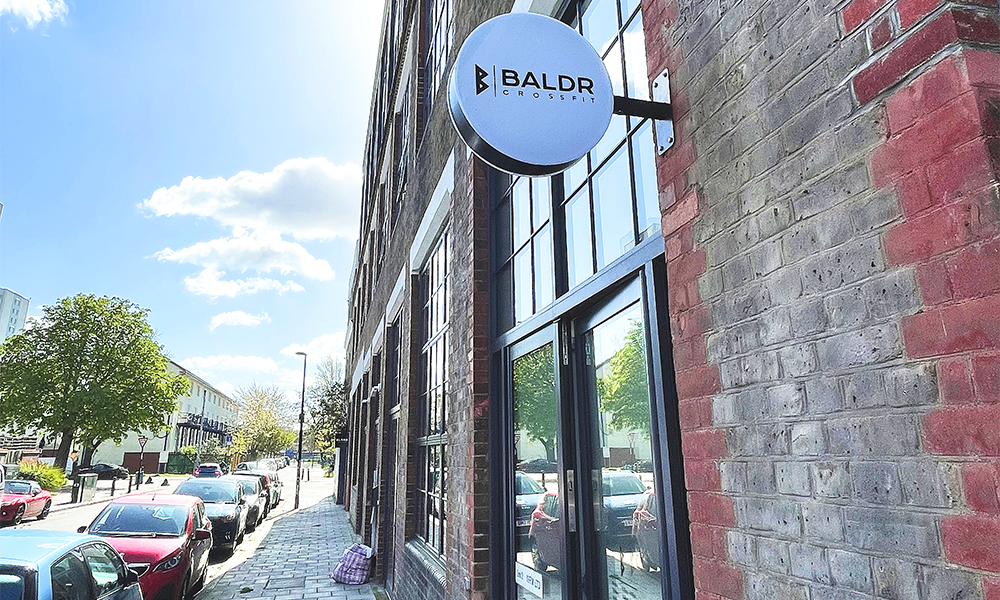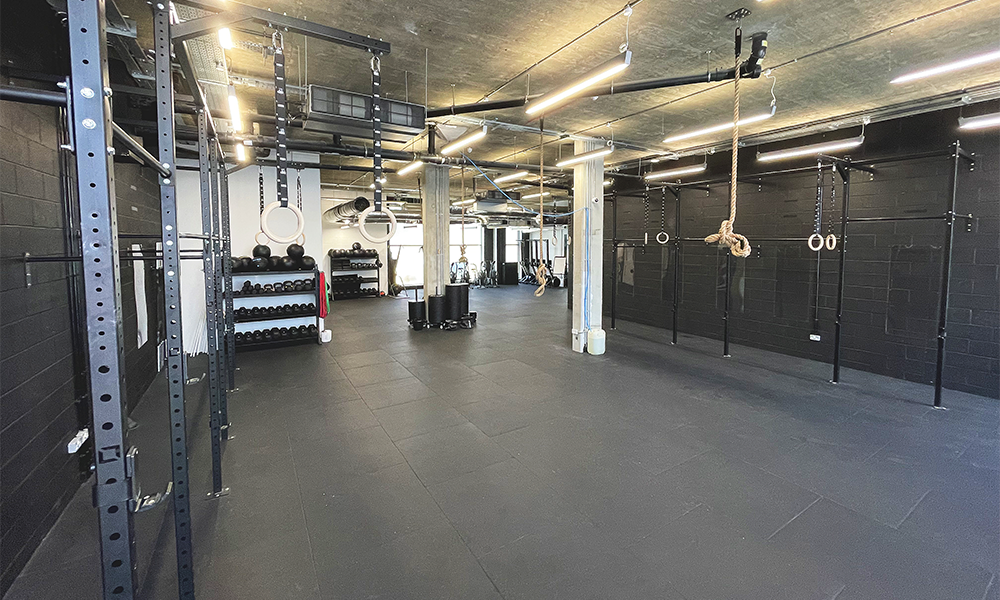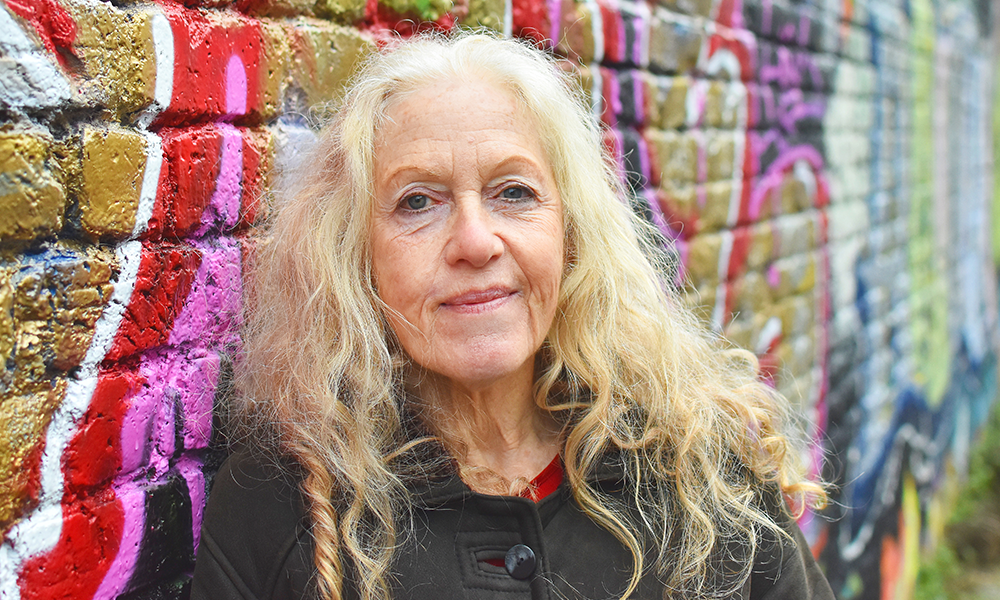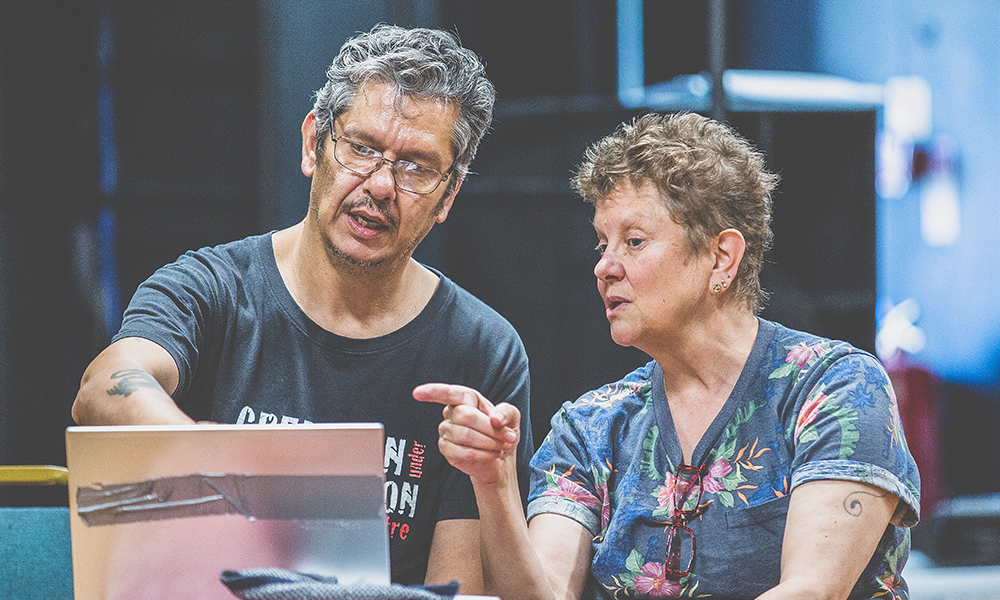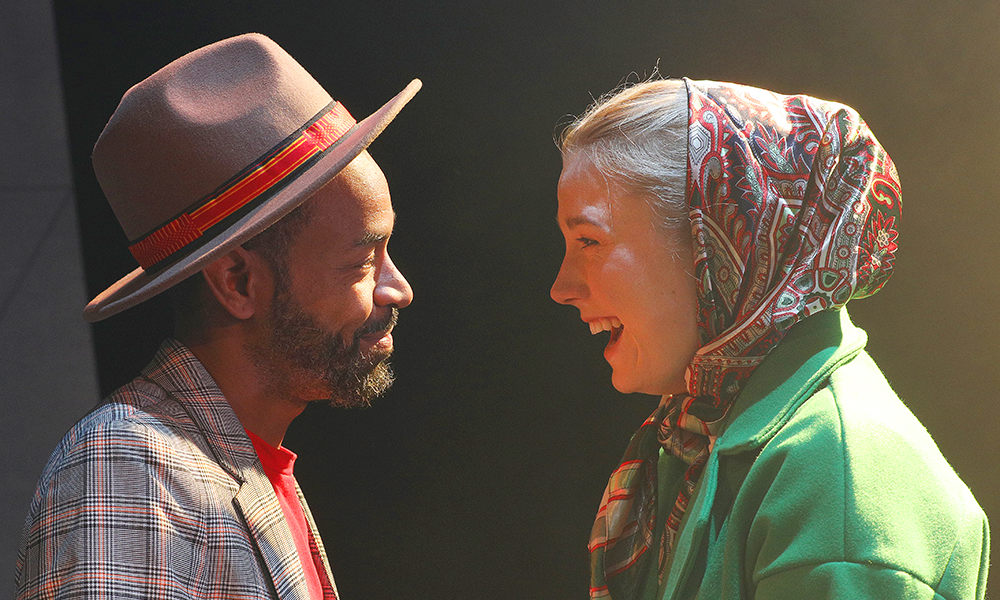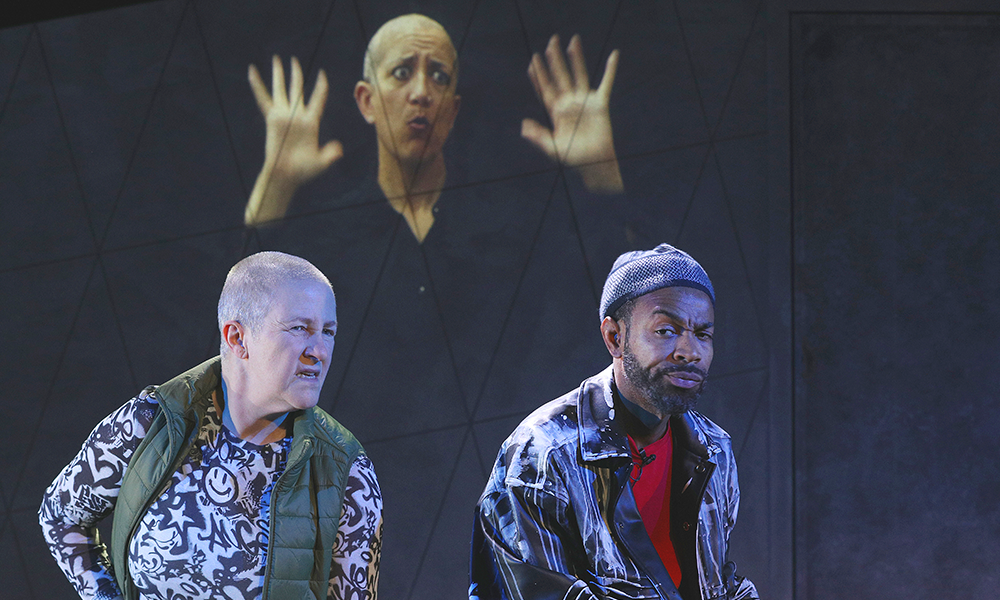We sat down with co-founder James Ross to find out how he and business partner Calum Mackinnon have created a pub for the 21st centruy
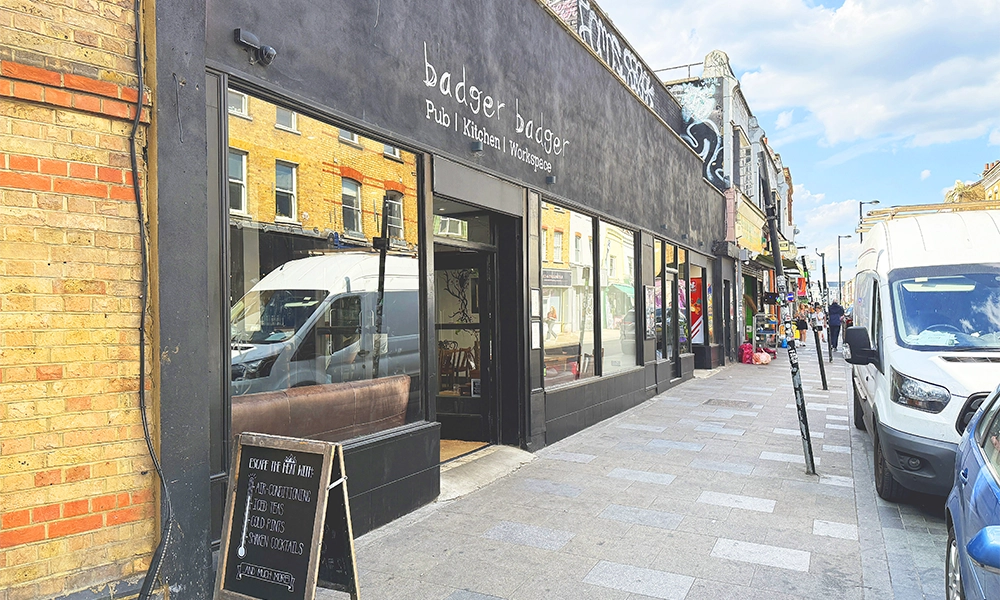
Subscribe to our free Wharf Whispers newsletter here
“It’s about four or five different things all smooshed together, but somehow it works really well,” said James Ross.
The co-owner of Badger Badger in Deptford is talking about “everything game” Twilight Imperium – his preferred tabletop entertainment of late, albeit one that necessitates a full day off with sessions lasting up to 14 hours to actually play.
However, he might very well have made the statement about the south-east London venue he and business partner Calum Mackinnon opened five years ago.
Today it’s a heady blend of striped mammals, Japanese street food, craft beer, board games, cocktails and co-working, all smooshed together across two conjoined commercial units in a prime location on Deptford High Street.
On the afternoon I visit, its tables are strewn with laptops as day jobs are serviced.
Later, drinkers and diners will roll in and occupy the venue’s left side, while those seeking amusement, side quests, magic and strategy will head right, to a room lined with shelves holding some 800 board games alongside a horde of trading cards, paints and other hobby paraphernalia.
There’s more in the basement, apparently.
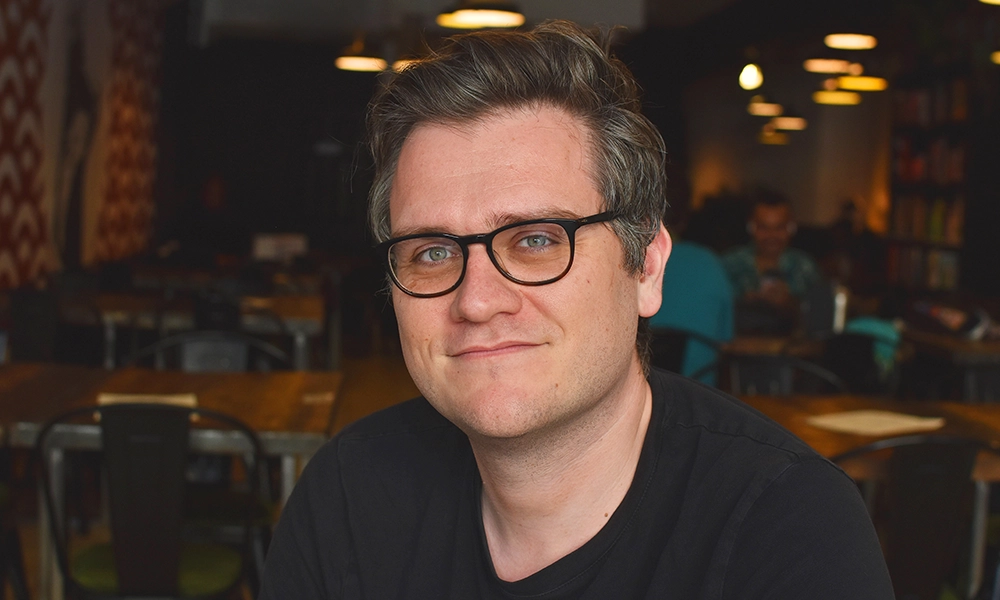
things coming together at Badger Badger
When talking to James you get a sense that Badger Badger’s success and its current form have come as something of a pleasant, perhaps serendipitous surprise to its creators.
“I’m not one to be fond of the future or regret the past,” he said.
“Initially the idea was just to do a pub. We did lots of walking around London, finding spaces we quite liked the look of.
“We walked past this building and found the last tenant had been evicted.
“They’d sub-let the space to some gangsters who were running a brothel in it.
“We found lots of things while clearing it out – pairs of high heels, an inflatable.
“At that time Deptford was already seen as really cool – a few businesses were doing really well and it had a good feel to it.
“The train links are insanely good and the architecture on the High Street is great. It has a really strong, lovely community with lots of local businesses.
“We were after a site near a train station – that was the gameplan.”
While Calum had embarked on a hospitality career post study – initially working for hotels and restaurants before making the switch to pubs – James tried his hand at sales but found himself “indifferent at it and certainly not enthused”.
He took a year out to write a sci-fi novel.
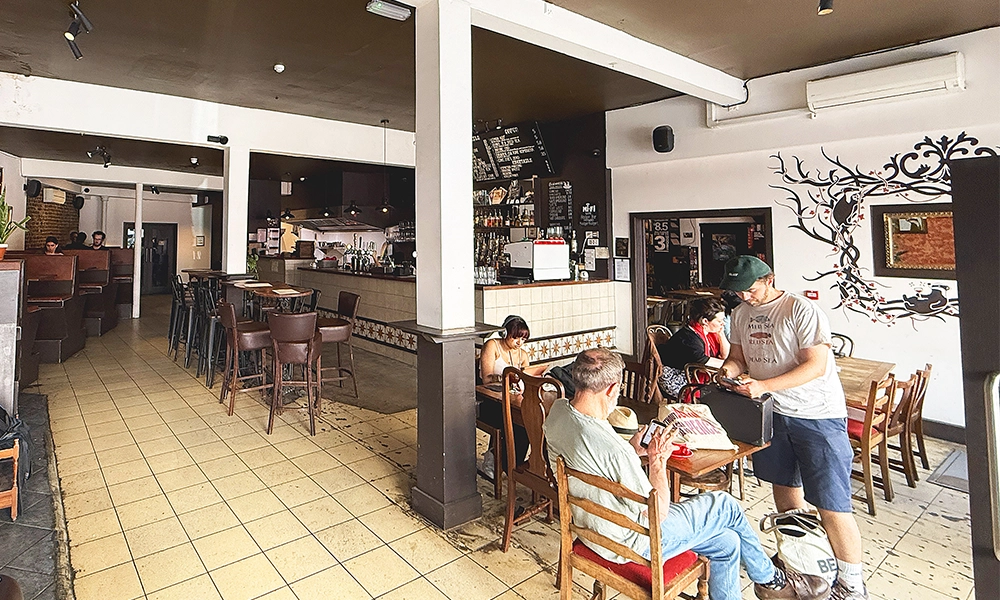
a change of direction
“Then I needed money because I’d spent all my savings and went to pull some pints at The Mitre in Holland Park, which is where Calum was working,” said James.
“We both worked our way up at various venues and wound up running a place called Mirth Marvel And Maud in Walthamstow for a company called Antic, which was like the wild west.
“It was one of these old people’s palaces – a cinema and we had a lot of control.
“It was great fun, we had a bar, a theatre and a restaurant.
“By that time I was thinking of going into business with Calum, so the long rein they gave us was good practice.”
The duo managed to ride the waves of pandemic lockdowns and restrictions, opening Badger Badger in October 2020, inviting some friends to join them with a board game offering when the neighbouring unit became available after a few months, doubling the pub’s size.
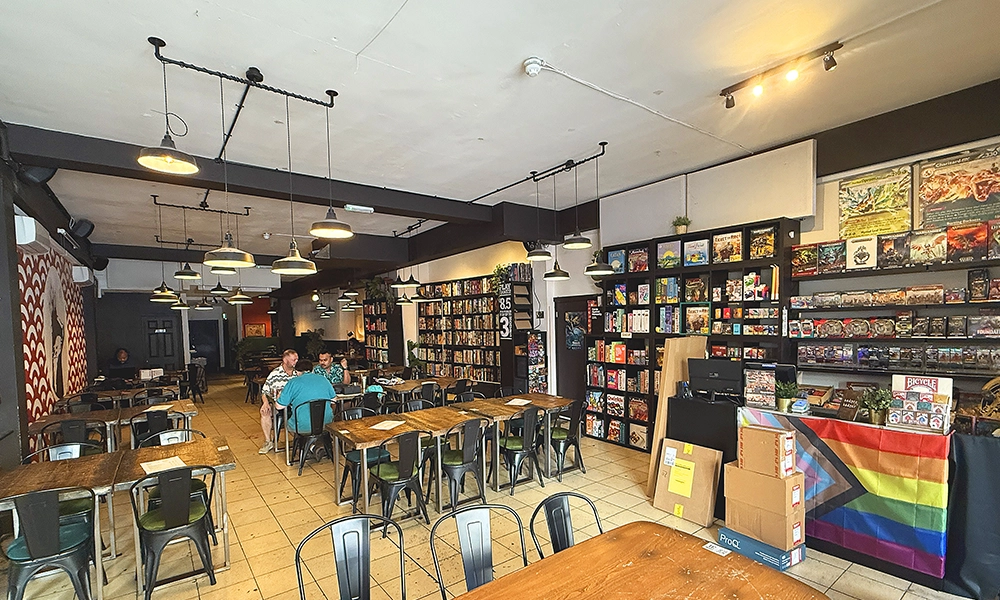
gaming and more at Badger Badger
“They then went on to other things, so we took over the gaming and now we have this weird hybrid of craft beers, gaming, co-working and events,” said James, who lives in Deptford.
“We always wanted a small line in cocktails and good wine.
“With the food, we could have done classics like fish and chips, but we couldn’t quite bring ourselves to do it.
“Instead we offer grilled yakitori skewers and salad boxes, bao buns and dishes such as tiger fries and kimchi bhajis.
“It’s American-Japanese fusion – meat and fried food, an idea our chef ran with.
“After Covid, we also thought people might still be working from home, but that they might get bored with their own four walls, so we launched co-working.
“Deptford is quite an artistic area so there are lots of people who can’t afford a gigantic flat but would like somewhere to come and work.
“People’s needs have changed from the old days when pubs were four deep at the bar.
“They want a more varied social life and that’s why we’ve had to diversify a bit. We have very loyal customers now.
“Whenever I walk in, I’ll recognise half the people in Badger Badger – we’ve created a community pub, albeit one that’s a bit unusual.
“It’s a healthy business and that’s why, nine months ago, we opened a second site in West Norwood, which also has a lovely high street.
“We’re doing very much the same thing over there and hopefully that too will build over time.”
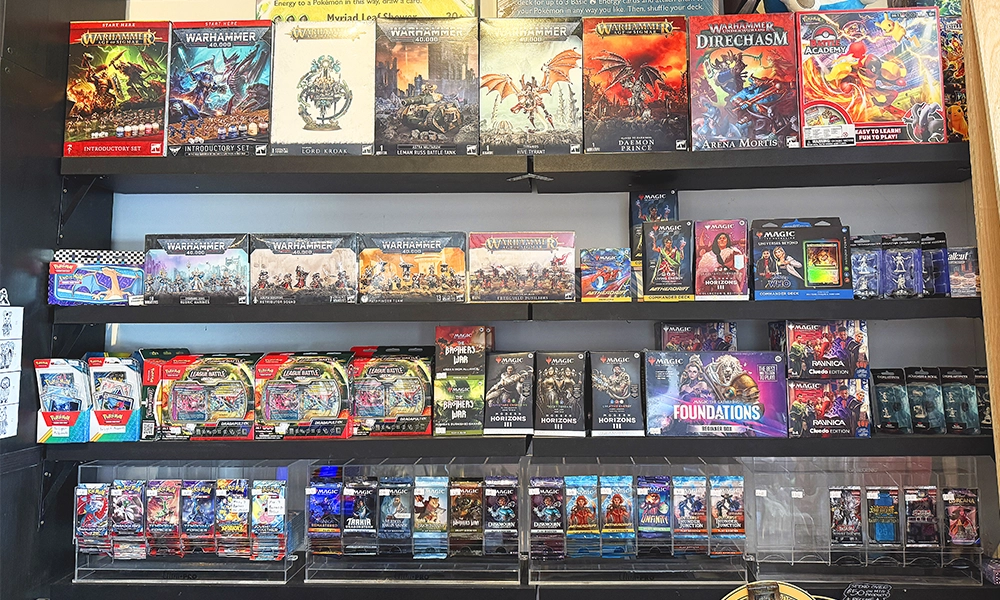
key details: Badger Badger
Badger Badger Deptford is open 10am-11pm, Monday-Thursday, 10am-midnight on Fridays, noon-midnight on Saturdays and noon-11pm on Sundays.
The hours are the same for the West Norwood branch.
Both venues run regular gaming events and LGBTQIA+ socials with full listings online.
Find out more about the pub here
- While the name Badger Badger has multiple influences, it owes a debt of gratitude to Badgers, an animated meme
by Jonti Picking (Mr Weebl), from 2003 featuring hype-building mushrooms and a terrifying snake. It was itself inspired by Whigfield’s Saturday Night, apparently
Judge for yourselves…
Read more: Brother Marcus opens its doors in Canary Wharf




